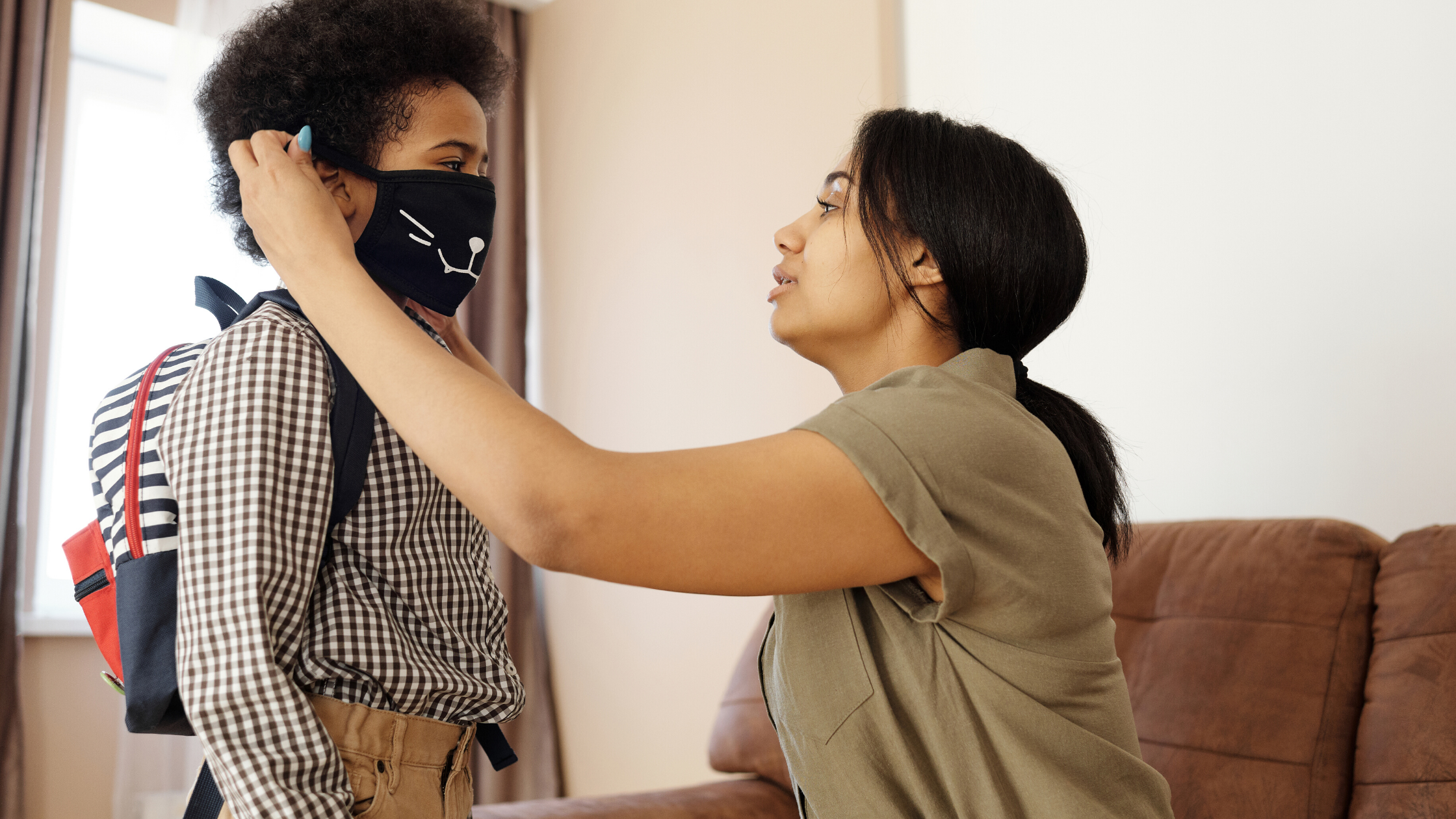As volunteers, our first instinct is to focus on how we can help. We want to be good neighbours and support our community through a crisis, but it is a bit more difficult now as we’re working to flatten the curve. In this blog, Daniela Seiferling from Volunteer Alberta and Ilya Ushakov from ECVO share examples of how to stay involved while stopping the spread of COVID-19.
What is your engagement style, and how do you like to stay involved?
DS: I like to give back to my community without the pressures of formal engagement. I tend to look for opportunities that match my schedule, don’t require a long-term commitment, and can be done in my own time.
IU: I love getting to know the many initiatives around me as if I do not have time to commit to one. I like to broadly share it with people I know and help be an ambassador for several organizations. I enjoy helping where I can and indulge in spontaneous volunteering often.
What advice do you have for people looking to volunteer during COVID-19? 
DS: The most important thing you can do is stay at home. I recommend looking for volunteer opportunities that you can do from home. Like sewing masks, making cards for frontline health workers, or donating items to your local food banks.
If you want to play a more active role, start by asking your family, friends, and neighbours, what types of supports they may need. Keep in contact with your loved ones to reduce the risk of loneliness and isolation by setting up virtual game nights, crafting a newsletter, sharing stories or dropping off care packages.
We’re all in this together, so remember to be patient and kind to one another!
IU: Safety comes first. It’s great to be passionate passionate about essential services and community supports. Still, your first priority is to protect yourself and truly understand the health measures. Now, I’m not telling you to not volunteer, you absolutely should, just make sure you do it safely. If the oxygen mask drops while you’re flying, you always have to put your own first before assisting others.
Once you are ready to assist others, you can find opportunities that work for you and comply with physical distancing. Remember to stay on top of government announcements, listen to volunteer supervisors and fully understand the health measures.
Can you tell us about your experience with micro-volunteering or remote volunteering before COVID-19? During COVID-19?
DS: I’m an introvert. My role involves a lot of meetings and relationship building, so I like to recharge at home after a long day. Before the pandemic, I tended to gravitate to activities that were short-term and remote:
Fun fact: most people born after the year 2000 are unable to read handwriting; it’s a dying art. I volunteer remotely with several museums to transcribe handwritten documents for exhibits and archives.
I also have a tradition of annual weeks of giving around Christmas. For six weeks, I choose different charities and find ways to informally support my community and the causes I am most passionate about.
With COVID-19, my response became more neighbourhood focused. As soon as the measures for social distancing were put in place, I reached out to my immediate neighbours to see how I could help. We live in a neighbourhood with a high population of seniors, and some are more vulnerable than others. If they need me to pick up groceries or other essentials, they leave a list in my mailbox and e-transfer money.
 IU: I love opportunities that are based around the community, make me feel a part of something bigger, and where I can make a difference. I haven’t volunteered much remotely or with micro-volunteering, but I’m excited to discover new opportunities:
IU: I love opportunities that are based around the community, make me feel a part of something bigger, and where I can make a difference. I haven’t volunteered much remotely or with micro-volunteering, but I’m excited to discover new opportunities:
- Baking for friends and family.
- Knitting for organizations that provide essential services.
It’s been incredible to see Edmonton be innovative with the idea of micro-volunteering and remote volunteering by:
- Organizing online classes.
- Making masks for essential service workers.
- Creating colouring pages for working parents.
- Hosting virtual or community birthday parties for friends, family & neighbours.
What would you say has been the most significant impact for you?
DS: Connecting with my neighbours. Before COVID-19, they were friendly faces I’d occasionally wave to from my backyard or say a quick “hi” to in passing. We’ve built lines of communication and a great deal of trust over the last few weeks. The relationship has shifted from pressing and transactional to laidback and personal. We leave notes in mailboxes or “thinking of you” cards to brighten the day.
We plan on hosting a block party or BBQ after social restrictions are lifted to keep up the relationships.
IU: Learning what organizations are doing during this time, it’s incredible to see so many nonprofits adapt to the circumstances and make the best of a rough situation. Our nonprofit sector is remarkable!
Although many organizations have suspended their volunteer programs, others have adapted, and found ways to support their clients while ensuring proper safety and hygiene practices. It’s lovely to see the community being creative and looking out for one another. It’s also been fantastic to see neighbours offering to help and being so supportive throughout this time.
How do you find volunteer opportunities?
DS: For remote volunteering, I signed up for VolunteerConnector because it’s easy to filter opportunities by cause category, commitment level, and remote opportunities.
For micro-volunteering, I often look at local charities and see if they have lists for needed items, donation drives, or fundraising initiatives.
IU: VolunteerConnector is my go-to. However, if there is an organization I genuinely care about, I reach out to them to see if they have any volunteer postings.
I love governance, so helping out with board activities or sitting on nonprofit boards has always been a pleasure. Now, there are even COVID-19 and Virtual Volunteering pages on VolunteerConnector, so it’s much easier to find relevant opportunities and help out where I can.
Staying at home and practicing physical distancing doesn’t mean we need to stop volunteering, we just need to do it differently. Remote and micro-volunteer opportunities offer ways to be involved without putting the most vulnerable, and ourselves, at risk.
Want to find or post a volunteer opportunity? Visit VolunteerConnector!
Are you a volunteer engagement specialist looking for ideas on how to create remote or micro-volunteering opportunities? Refer to part 1 and part 2 of our blog series!
